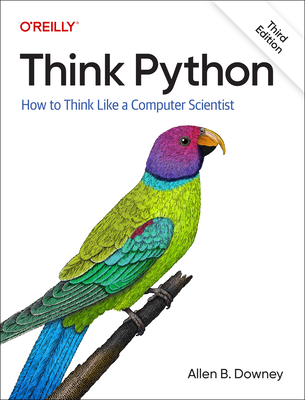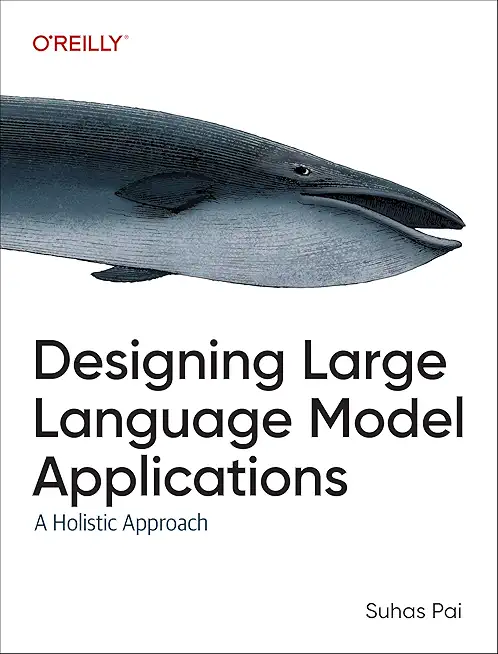Objective-C for iOS Development Training in North Richland Hills
|
We offer private customized training for groups of 3 or more attendees.
|
||
Course Description |
||
| This Objective-C training class teaches the fundamentals of programming
in Objective-C, the language used to develop iPhone and iPad
applications. This course covers Xcode, the integrated development
environment used to build Objective-C applications. Primitive and
reference variables are covered as well as arithmetic operators,
conditional processing, looping, and functions. The object-oriented
nature of the language is presented as well as the Foundation framework.
An introduction to the Cocoa framework and a discussion of a basic user
interface for mobile devices are included. We will use Xcode built-in
iPhone and iPad simulators for the exercises and demonstrations in the
course. In this way, students get a feel for how iPhone and iPad
application development works and will be ready to move on to our iOS
Application Development class. This course has been updated for Xcode 6
and iOS 8.
Course Length: 4 Days
Course Tuition: $1690 (US) |
||
Prerequisites |
|
Course Outline |
Class Goals
|
Course Directory [training on all levels]
- .NET Classes
- Agile/Scrum Classes
- AI Classes
- Ajax Classes
- Android and iPhone Programming Classes
- Azure Classes
- Blaze Advisor Classes
- C Programming Classes
- C# Programming Classes
- C++ Programming Classes
- Cisco Classes
- Cloud Classes
- CompTIA Classes
- Crystal Reports Classes
- Data Classes
- Design Patterns Classes
- DevOps Classes
- Foundations of Web Design & Web Authoring Classes
- Git, Jira, Wicket, Gradle, Tableau Classes
- IBM Classes
- Java Programming Classes
- JBoss Administration Classes
- JUnit, TDD, CPTC, Web Penetration Classes
- Linux Unix Classes
- Machine Learning Classes
- Microsoft Classes
- Microsoft Development Classes
- Microsoft SQL Server Classes
- Microsoft Team Foundation Server Classes
- Microsoft Windows Server Classes
- Oracle, MySQL, Cassandra, Hadoop Database Classes
- Perl Programming Classes
- Python Programming Classes
- Ruby Programming Classes
- SAS Classes
- Security Classes
- SharePoint Classes
- SOA Classes
- Tcl, Awk, Bash, Shell Classes
- UML Classes
- VMWare Classes
- Web Development Classes
- Web Services Classes
- Weblogic Administration Classes
- XML Classes






